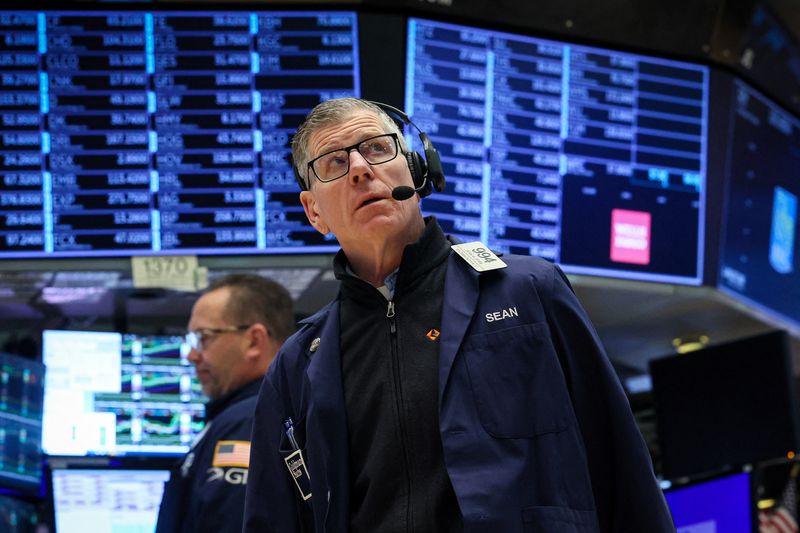Despite the anticipated Fed rate cuts, the focus for stock markets over the next several months will be on labor and growth data rather than the magnitude of the rate cuts themselves, Morgan Stanley (NYSE:MS) strategists said in a Monday note.
They argue that if labor and growth data strengthen, a series of 25bps cuts could create a favorable environment for risk assets. However, if data weaken, markets are likely to shift to a risk-off tone, irrespective of whether the Fed implements a 25bps or 50bps cut.
“In the very short-term, we think the best case scenario for equities this week is that the Fed can deliver a 50bp rate cut without triggering either growth concerns or any remnants of the yen carry trade unwind—i.e., purely an "insurance cut" ahead of macro data that is assumed to stabilize,” strategists said.
In contrast, considering the uncertainty priced into the bond market around the size of this first-rate cut, the worst short-term scenario for equities would involve a sharp negative price reaction following the FOMC meeting.
Morgan Stanley suggests this could indicate a lack of confidence in the Fed’s decision and raise concerns about whether interest rates have remained elevated for too long.
The bank also points out that historically, defensives and large caps tend to outperform around the start of rate-cutting cycles, a dynamic supported by their defensive and large-cap bias.
Moreover, while value stocks often outperform heading into a rate cut, growth stocks tend to take the lead afterward. At the index level, returns following the first Fed rate cut have been mixed.
Looking ahead, the Wall Street giant stresses that the key to supporting current stock valuations lies in improving economic data. Although earnings have been stronger than expected, the market seems to be pricing in a dovish policy shift, potentially anticipating a rebound in growth.
"The onus is on the growth data to improve from here to support valuation," the strategists wrote.
